Jinglei Yang
Smart Tracking Tray System for A Smart and Sustainable Wet Lab Community
Mar 02, 2022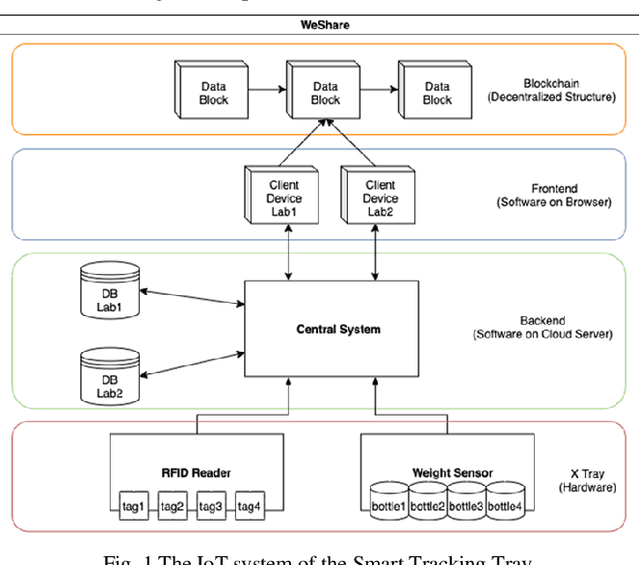
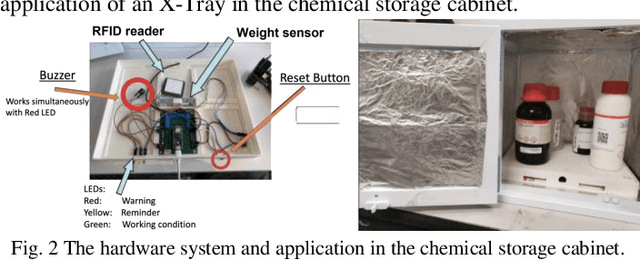
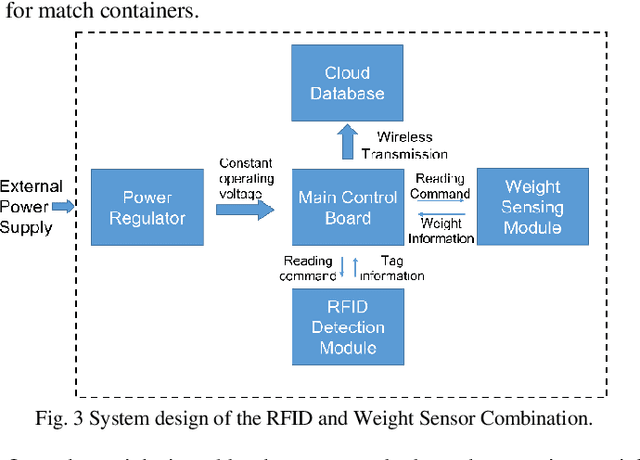
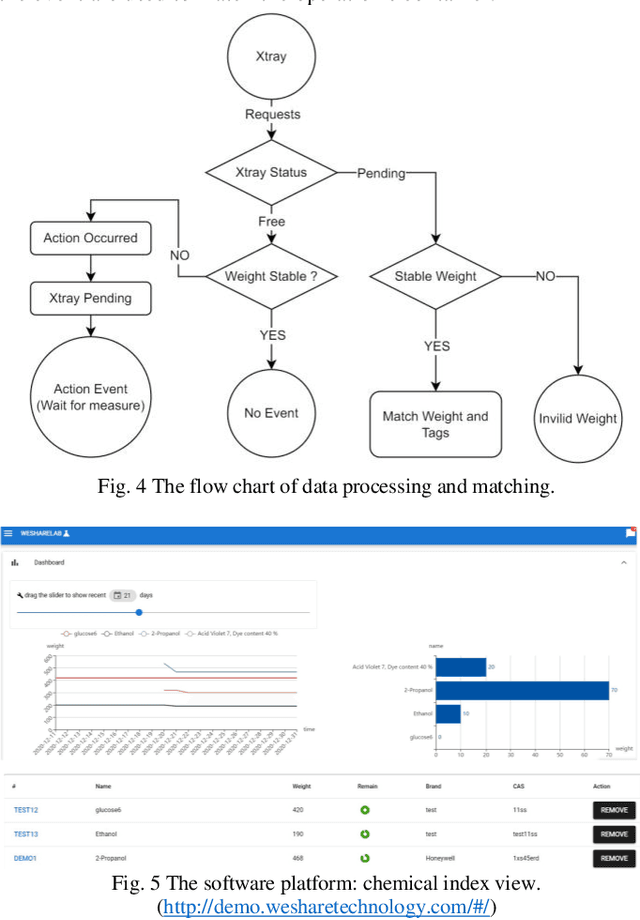
Abstract:The laboratories and research institutes are the major places for cutting-edge scientific exploration. Hundreds of millions of research papers were formed from front-line labs. Behind this glorious achievement were unsustainable facts. More and more human investment is required in innovative experimental design and analysis of results. However, the laboratory operating environment has not been subversively transformed for centuries. This abstract proposed a smart tracking system, consisting of IoT and Data Visualization technologies, to track the chemicals in an automatic and timely approach. Positive feedback has been collected from pilot tests in several labs. The system benefits various lab users in their daily work and improves their working efficiency. In the long run, it will play an essential role in promoting the efficient use of lab resources and achieving the goal of sustainable labs.
An even-load-distribution design for composite bolted joints using a novel circuit model and artificial neural networks
May 15, 2021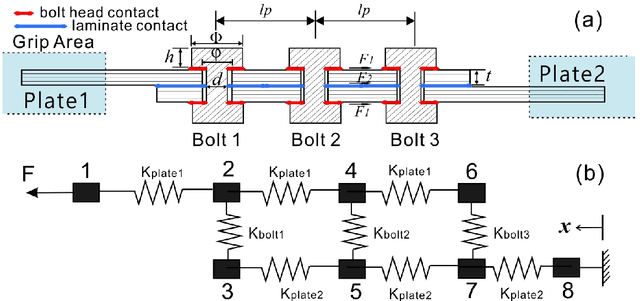

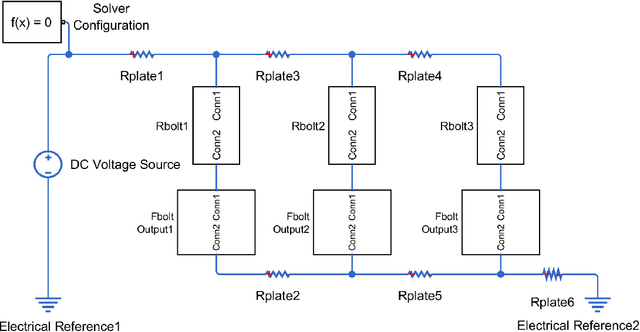

Abstract:Due to the brittle feature of carbon fiber reinforced plastic laminates, mechanical multi-joint within these composite components show uneven load distribution for each bolt, which weaken the strength advantage of composite laminates. In order to reduce this defect and achieve the goal of even load distribution in mechanical joints, we propose a machine learning-based framework as an optimization method. Since that the friction effect has been proven to be a significant factor in determining bolt load distribution, our framework aims at providing optimal parameters including bolt-hole clearances and tightening torques for a minimum unevenness of bolt load. A novel circuit model is established to generate data samples for the training of artificial networks at a relatively low computational cost. A database for all the possible inputs in the design space is built through the machine learning model. The optimal dataset of clearances and torques provided by the database is validated by both the finite element method, circuit model, and an experimental measurement based on the linear superposition principle, which shows the effectiveness of this general framework for the optimization problem. Then, our machine learning model is further compared and worked in collaboration with commonly used optimization algorithms, which shows the potential of greatly increasing computational efficiency for the inverse design problem.
Feedback Network for Image Super-Resolution
Mar 23, 2019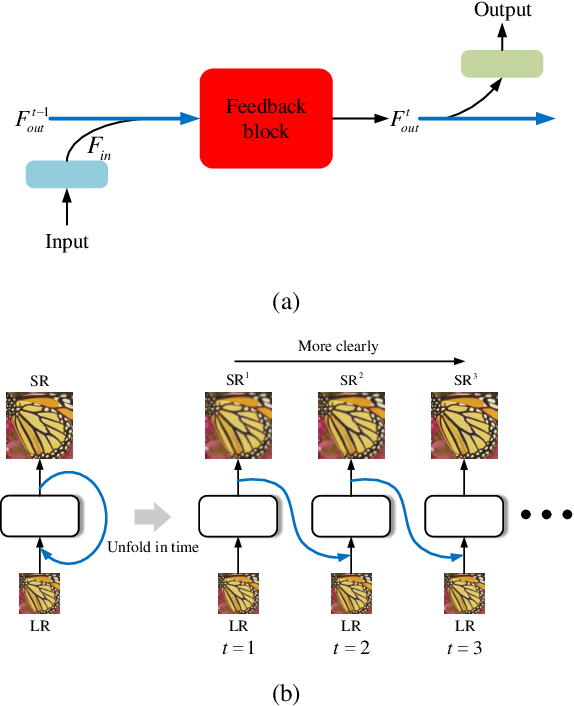



Abstract:Recent advances in image super-resolution (SR) explored the power of deep learning to achieve a better reconstruction performance. However, the feedback mechanism, which commonly exists in human visual system, has not been fully exploited in existing deep learning based image SR methods. In this paper, we propose an image super-resolution feedback network (SRFBN) to refine low-level representations with high-level information. Specifically, we use hidden states in an RNN with constraints to achieve such feedback manner. A feedback block is designed to handle the feedback connections and to generate powerful high-level representations. The proposed SRFBN comes with a strong early reconstruction ability and can create the final high-resolution image step by step. In addition, we introduce a curriculum learning strategy to make the network well suitable for more complicated tasks, where the low-resolution images are corrupted by multiple types of degradation. Extensive experimental results demonstrate the superiority of the proposed SRFBN in comparison with the state-of-the-art methods. Code is avaliable at https://github.com/Paper99/SRFBN_CVPR19.
 Add to Chrome
Add to Chrome Add to Firefox
Add to Firefox Add to Edge
Add to Edge